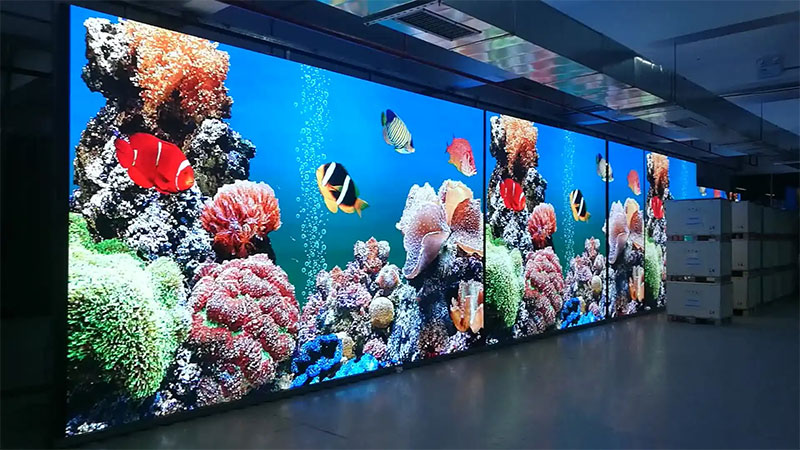Industry news
What are the factors that affect the viewing clarity of LED displays? How to control it?
The main causes of non-uniformity are: inconsistent performance parameters of LED; Insufficient assembly accuracy of display screens during production and installation; Insufficient consistency in electrical parameters of other electronic components; Non standardized module and PCB design, etc.
The main reason is the inconsistency of LED performance parameters. The inconsistency of these performance parameters mainly includes: inconsistent light intensity, inconsistent optical axis, inconsistent color coordinates, inconsistent light intensity distribution curves of each primary color, and inconsistent attenuation characteristics.
How to solve the inconsistency of LED performance parameters
At present, there are two main technological approaches in the industry: firstly, by further subdividing LED specifications and parameters, to improve the consistency of LED performance; The second is to improve the uniformity of the display screen through subsequent correction.
Subsequent calibration has also evolved from early module calibration and module calibration to today's point by point calibration. The correction technology has evolved from simple light intensity correction to light intensity color coordinate correction.
However, we believe that subsequent correction is not omnipotent. Among them, inconsistent optical axis, inconsistent light intensity distribution curve, inconsistent attenuation characteristics, poor assembly accuracy, and non-standard design cannot be eliminated through subsequent correction, and even such subsequent correction will worsen the inconsistency in optical axis, attenuation, and assembly accuracy.

Therefore, our conclusion through practice is that subsequent correction is only a superficial treatment, while LED parameter segmentation is the fundamental solution and the future mainstream of the LED display industry.
When it comes to the relationship between screen uniformity and clarity, there is often a misconception in the industry that resolution is used instead of clarity. In fact, the clarity of a display screen is the subjective perception of multiple factors such as screen resolution, uniformity (signal-to-noise ratio), brightness, contrast, etc. by the human eye.
Simply reducing the physical pixel spacing to improve resolution while neglecting uniformity is beyond doubt for improving clarity. Imagine a display screen with severe "dust effect" and "mosaic phenomenon", even if its physical pixel spacing is small and its resolution is high, it cannot achieve good image clarity.
Therefore, in a sense, the main constraint on improving the clarity of LED full color displays is "uniformity" rather than "physical pixel spacing"
So when we manufacture and install LED display screens, we try to choose the same batch of module power cable control cards as much as possible, in order to reduce the possibility of uneven display on LED display screens to a relatively low value, so that we can produce LED display screens with higher viewing clarity in a certain sense.